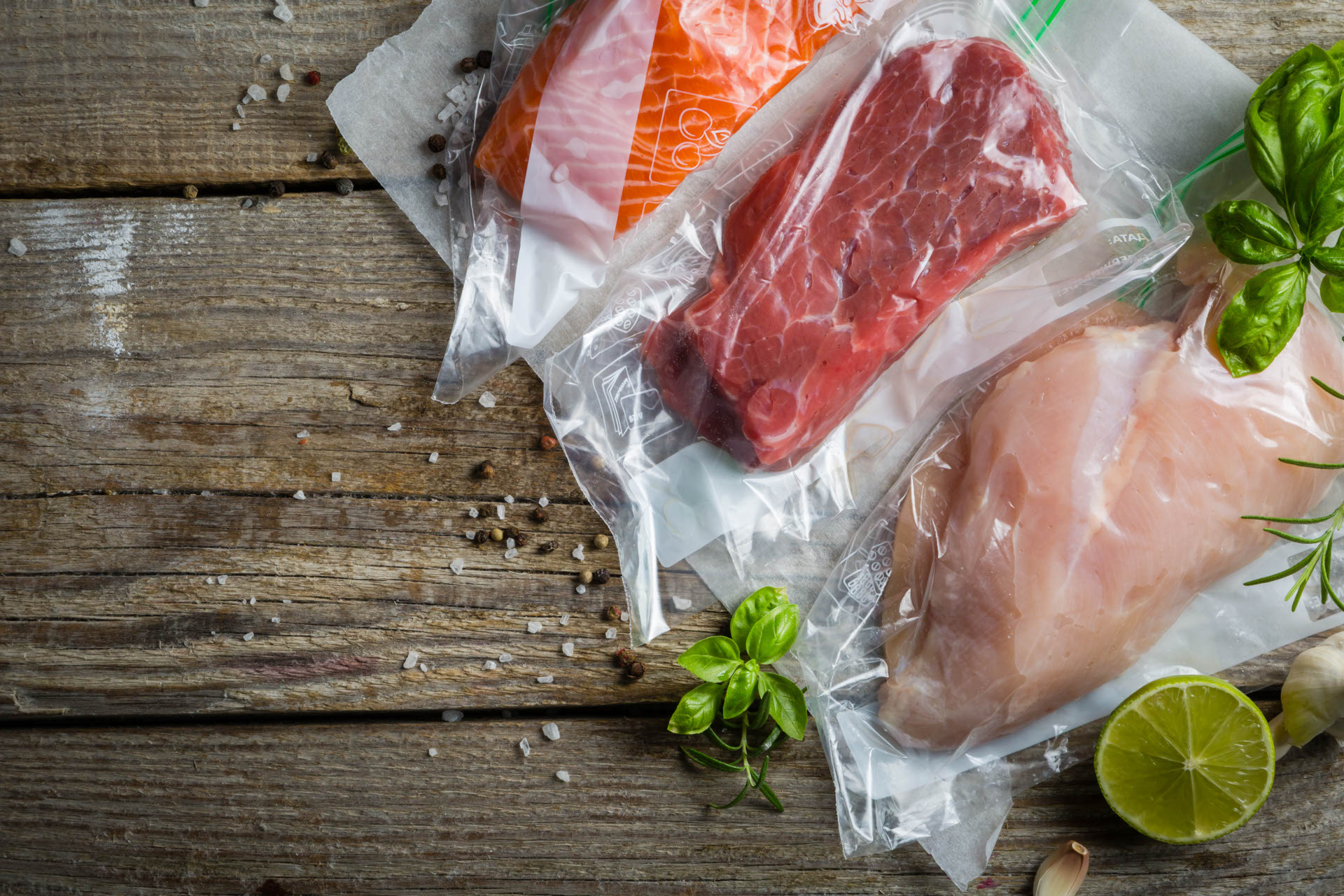In Europe, 10% of food waste is due to the misinterpretation of label information. What are we referring to? We are talking about the difference between the wording "Use By", which you find on packaged products but also on fruit and vegetables, followed by a precise expiry date, and "Best Before" (also known as "Date of Minimum Durability"), where it is the adverb that plays a key role by indicating the producer's estimate of the best quality period of the product. According to Altroconsumo, 97% of Italians are familiar with the two terms, but one in four misunderstand the difference, so let's try to clarify.

The first, "Use By", is found on perishable foods such as yoghurt, eggs and milk, and must be observed in most cases to avoid the risk of food poisoning; the second, "Best Before", only indicates the month and year and is found on pasta, rice, biscuits or canned legumes, but also on hard cheeses, i.e. foods that do not lose their nutritional and organoleptic characteristics from one day to the next, but there is more leeway. Of course, if properly preserved (even better if vacuum packed) to avoid the proliferation of micro-organisms and bacteria in the food that could compromise its safety.
Having clarified this difference, the good news is that the European Commission is working on a draft proposal to change the wording "Best Before" by adding the wording "Often good after", which clearly and unambiguously communicates that the specific food on which it is placed should not be thrown away immediately and that nothing will happen if you eat it. This new wording, proposed by the EU, is intended to contribute to the fight against food waste.
In addition to the European Union, Too Good To Go, the Danish reference app when it comes to food waste, is also leading the fight for conscious labelling in cooperation with numerous food brands that have already implemented the phrase "Often good after" on their product labels. And they didn't stop there, they also added pictograms that encourage people to use their senses by looking, smelling and tasting the product before throwing it away after the indicated date. Simple actions, especially in the case of fruit and vegetables, which should be taken for granted but are not because of the fear of eating something that has "gone bad". For example, packaged bread can be eaten up to 7 days after the "best before" date, rice and dried pasta up to 1 or 2 months. In the same vein, some UK supermarkets and discount chains, such as Waitrose, Marks & Spencer and Aldi UK, have decided to remove the "best before" date from their fruit and vegetable packaging in order to empower consumers and give them more autonomy in evaluating the food they have in their fridge. This also encourages them to pay more attention to proper storage methods, such as the right temperature for fresh produce (below 5°C) and the use of home vacuum sealers. According to WRAP, a UK organisation that tackles food waste, this strategy could save up to seven million tonnes of food that would otherwise go to waste every year.


